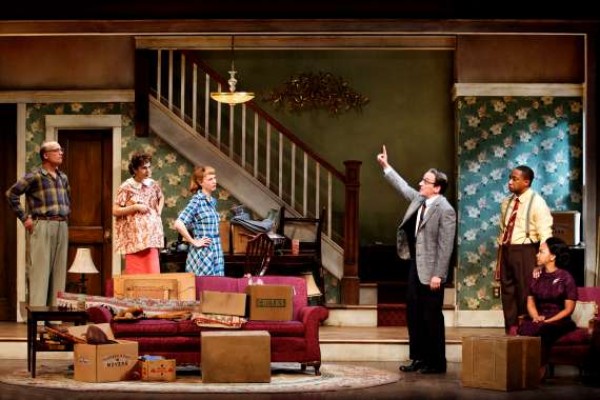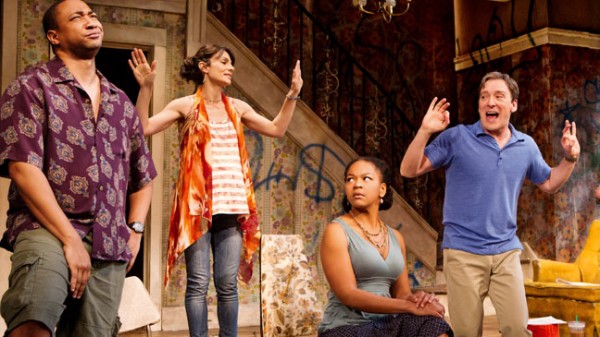
Jordan E. Cooper has a lot to say about Ain’t No Mo’ at the Belasco (photo © Joan Marcus)
AIN’T NO MO’
Belasco Theatre
111 West 44th St. between Sixth & Seventh Aves.
Tuesday – Saturday through December 18, $58 – $318
aintnomobway.com
At the end of the uproarious curtain call at the December 11 matinee of Ain’t No Mo’ at the Belasco, playwright and actor Jordan E. Cooper grabbed a microphone and gave a short speech about “turning the tide” and “changing Broadway,” announcing to the crowd, in case they hadn’t already heard, that the show was closing early, on December 18, after a mere twenty-two previews and twenty-one performances. The news was so sudden and unexpected, following very positive opening reviews, that as of Monday morning, December 13, Telecharge was still selling seats through February 26.
Cooper plays African American Airlines flight attendant Peaches, a boisterously dressed character trying to make sure that every Black person makes it onto the last plane out of the United States, which has offered free one-way reparation flights back to Africa (from gate 1619) to get rid of all the Black people in the country. Peaches tells someone over the phone, “Well, bitch, I don’t know what to tell you ’cause if you stay here, you only got two choices for guaranteed housing and that’s either a cell or a coffin. After this flight, there will be no more Black folk left in this country, and I know ya’ll don’t wanna be the only ones left behind because them muthafuckas will try to put you in a museum or make you do watermelon shows at SeaWorld and shit. Hurry up or I will give your seat to some of the Latinos on stand-by.”
At the curtain call, the twenty-seven-year-old Cooper, the youngest Black American playwright to have a show on Broadway (a designation previously held by Lorraine Hansberry, who was twenty-nine when A Raisin in the Sun opened at the Ethel Barrymore in March 1959 before traveling to the very same Belasco that October), called for the audience to spread the word about Ain’t No Mo’, by mouth and social media. “We won’t go down without a fight,” he declared, also referencing the early closing notice of the Korean musical KPOP, which was playing its final performance that afternoon.
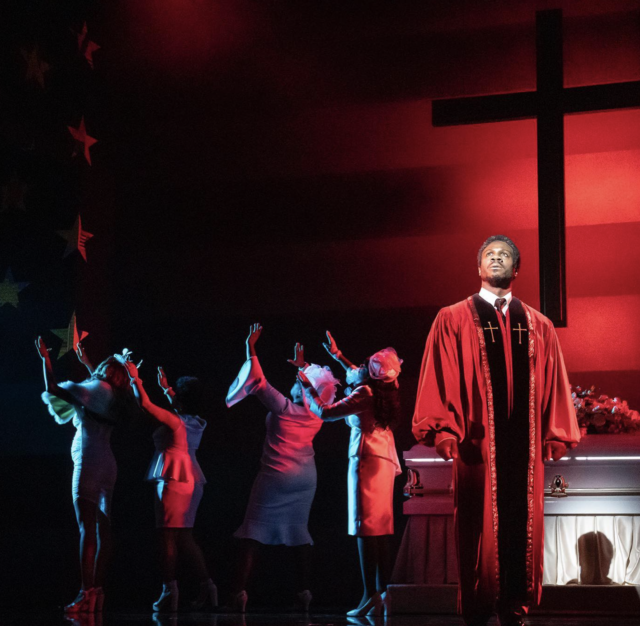
Pastor Freeman and his flock look toward a supposedly bright future in Ain’t No Mo’ (photo © Joan Marcus)
The response to the Ain’t No Mo’ closing notice has been swift (notably, Will Smith and Jada Pinkett Smith bought out a performance, and the line to get in wrapped around Forty-Fifth St. at the matinee I attended), echoing the movement this past May to keep for colored girls who have considered suicide / when the rainbow is enuf running at the Booth after it announced it was closing three months early. The effort earned the show an additional two weeks but no more. While I had raved about the off-Broadway versions of KPOP and for colored girls, I was not a fan of either Broadway iteration, each of which had been changed dramatically, in my opinion not for the better.
Still, these voices need to be heard and these bodies seen, on and off Broadway. In an open letter on Instagram, Cooper wrote, “Ain’t No Mo’ needs your help! Now they’ve posted an eviction notice, we ‘must close’ December 18. But thank God Black people are immune to eviction notices. The Wiz got one on opening night in 1974, but audiences turned that around and it ended up running for four years. . . . We need all hands on deck with urgency. In the name of art, in the name of resistance, in the name of we belong here too, in the name of every storytelling ancestor who ever graced a Broadway stage or was told they never could, please support this production and buy a ticket and come have church with us. Radical Black work belongs on Broadway too.”
https://twitter.com/JordanECooper_/status/1602144592081879040?s=20
Ain’t No Mo’ has been tweaked since its 2019 debut at the Public, with the same wonderful cast and only minor changes to its zany yet poignant narrative, which is divided into interrelated sketches taking place at the aforementioned gate 1619; a funeral service for the dear departed Brother Righttocomplain’ in 2008 upon the election of the first American Black president, Barack Obama; an abortion clinic where millions of Black women are terrified of bringing a son into this dangerous racist world; a television gossip show in which a white woman is transitioning to Black; and a mansion where a wealthy Black family discovers their late patriarch has been keeping a secret in the basement.
Munching on Scott Pask’s imaginatively playful sets are Cooper, Fedna Jacquet, Marchánt Davis (I saw understudy Michael Rishawn in his Broadway debut), Shannon Matesky, Ebony Marshall-Oliver, and Crystal Lucas-Perry, in hysterical and, in one case, terrifying costumes by Emilio Sosa and fab wigs by Mia M. Neal. I wrote about the Public original, and it applies to the Broadway iteration as well (both of which were directed by Stevie Walker-Webb, now making his Broadway debut): “Cooper gets right to the point when a woman at the clinic tells a reporter, ‘The problem is we’re racing against a people who have never had to compete, and people who have never had to compete are fearful of competition and they will annihilate any being that challenges their birth-given promise of a victory.’ As wildly funny, if occasionally over the top and too scattershot, Ain’t No Mo’ can be, it’s also a bitter pill to swallow.”
Since coming out of the pandemic lockdown, there has been an encouraging increase in the number of Broadway shows by BIPOC creators about the Black experience, including Ruben Santiago-Hudson’s Lackawanna Blues, Death of a Salesman, The Piano Lesson, Chicken & Biscuits, Thoughts of a Colored Man, Trouble in Mind, Pass Over, Clyde’s, and Caroline, Or Change, all of which had limited runs. That progress needs to continue apace, with plays running longer.
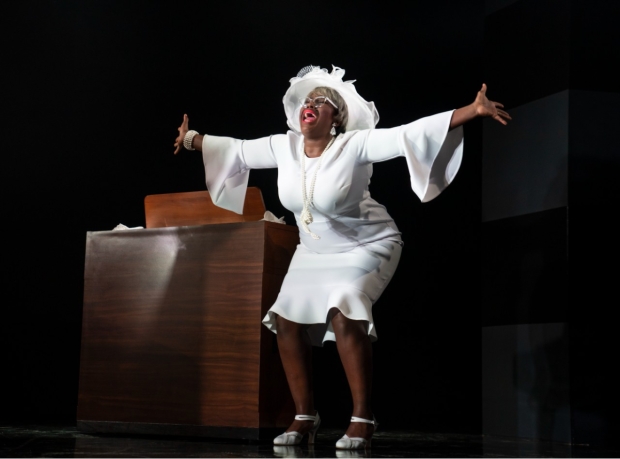
The hootin’ and hollerin’ on- and offstage is coming to an end at the Belasco (photo © Joan Marcus)
At one point in Cooper’s show, Pastor Freeman proclaims, “Aint no mo’ blueish red light in the rearview mirror when you taking your family to the church picnic and all you got in yo’ trunk is three Dollar Store aluminum pans of sister Threadgill’s chitlins, cornbread, and collard greens. Ain’t no mo’ waiting for FEMA while the Louisiana sun is stabbing at yo’ back on the interstate and your grandmama is backstroking in a river of expired bodies. Ain’t no mo’ massa’ tiptoein’ in yo’ mama’s room to rock the shack into the midnight hour. Aint no mo’ shotdown dreams with its blood soaking the concrete outside room 306. Ain’t no mo’ Riots. Ain’t no mo’ Rosewood. Ain’t no mo’ Jasper, ain’t no mo’ Jiggin’, ain’t no mo’ Shufflin’, ain’t no mo’ Shuckin’, ain’t no mo’ Amos, ain’t no mo’ Andy, ain’t no mo’ Emmett Till, ain’t no mo’ Rodney King, ain’t no mo’ Jena 6, ain’t no mo’ Stop, ain’t no mo’ Frisk. Ain’t no mo’ getting followed around by the tall white lady in the Kmart on Jones Street. There ain’t no mo double locking they car when you walk by, they thinking you gonna hot wire they car and drive it out the parking lot, when they know they just saw you pulling up in a car they can’t even afford. That’s all over . . . that’s all done.”
Sadly, you can add to that list “ain’t no mo’ Ain’t No Mo’,” which isn’t good news for anyone.
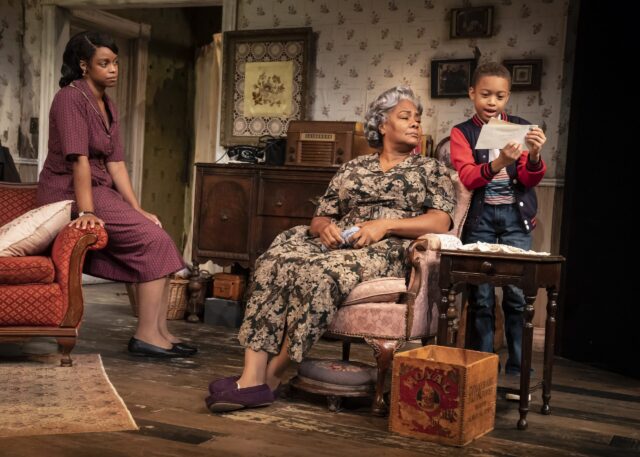
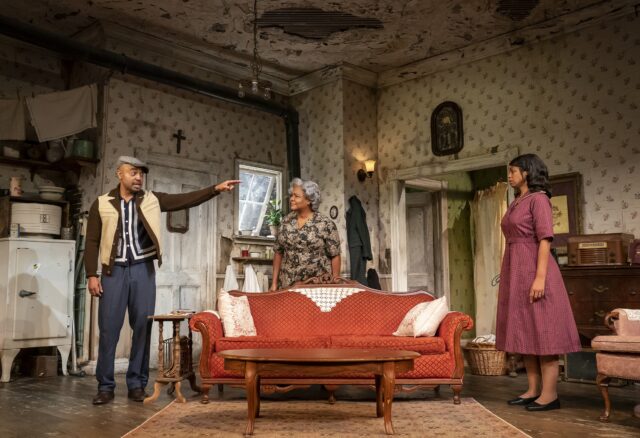
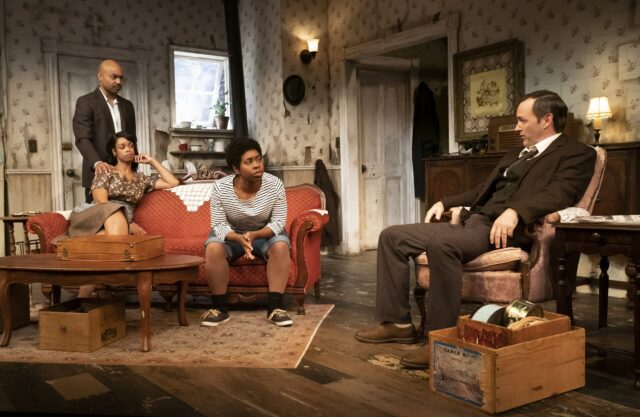
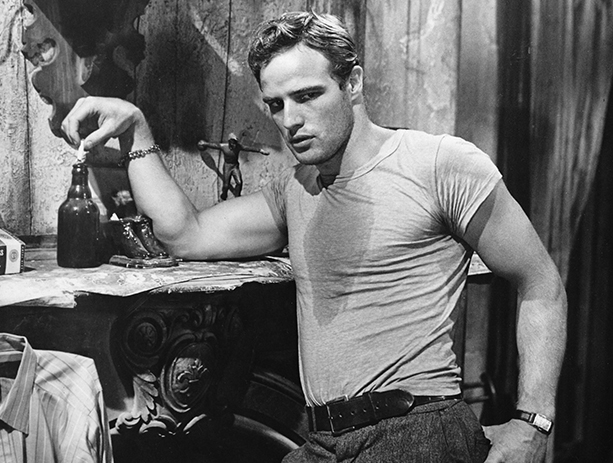
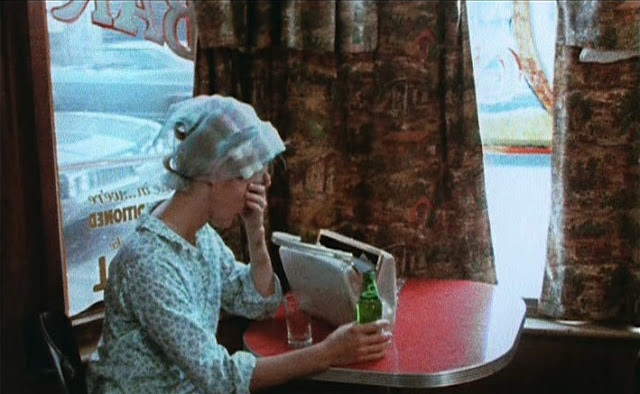
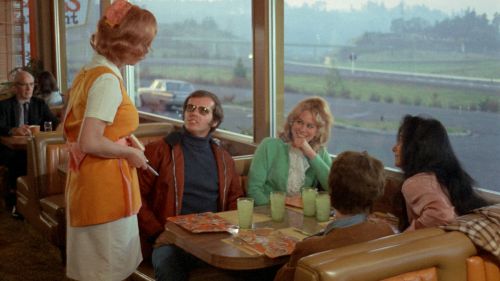
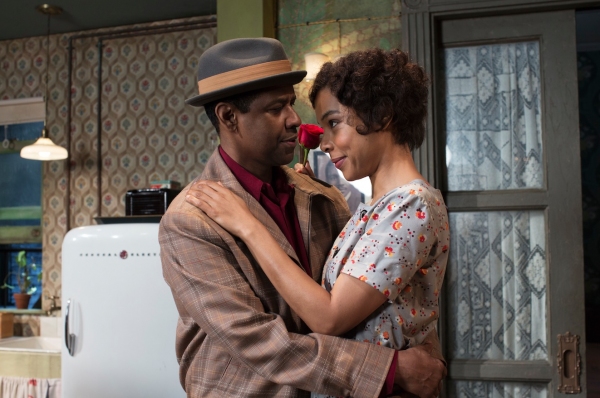
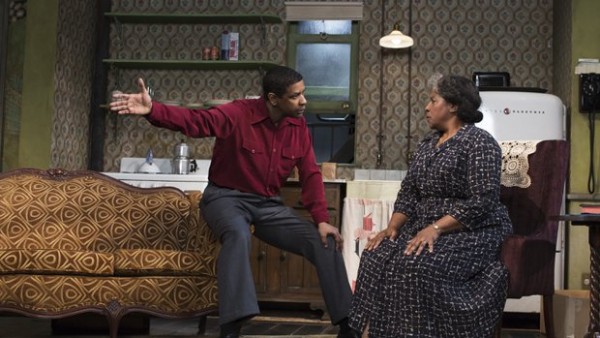
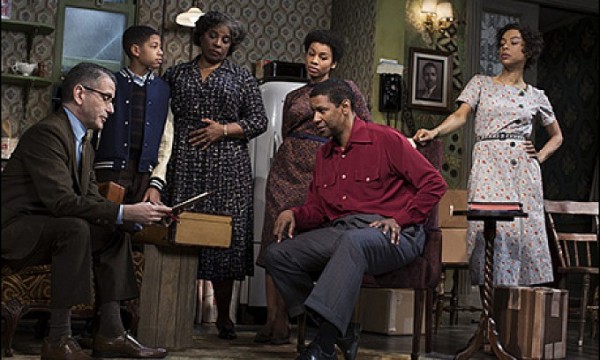
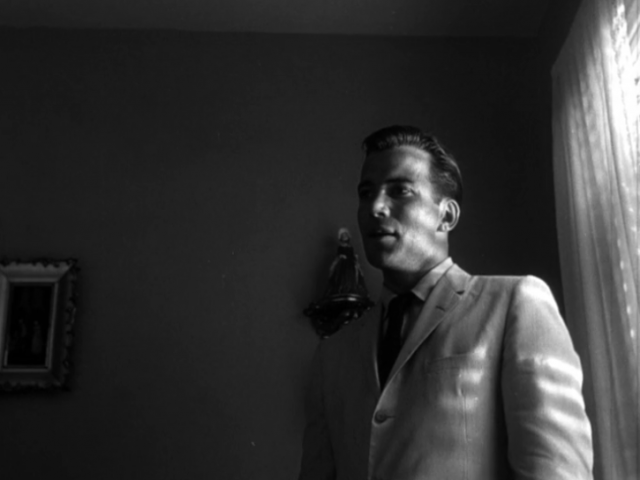
 Exploitation master Roger Corman shot out of the gates in the mid-1950s, directing and/or producing more than three dozen films between 1955 and 1961, directing doomsday disasters (Day the World Ended, Last Woman on Earth) and sci-fi quickies (It Conquered the World, Attack of the Crab Monsters), cheapie Westerns (Gunslinger, The Oklahoma Woman) and teen rave-ups (Sorority Girl, Teenage Doll), crime dramas (Machine-Gun Kelly; I, Mobster) and horror (A Bucket of Blood, The Undead), as well as the tales of Poe (House of Usher, The Pit and the Pendulum). But he tried something a little different with 1962’s The Intruder, a gripping, yet still exploitative, story of integration set in the ultraconservative south. Adapted by Charles Beaumont from his 1959 novel, which itself was inspired by the Little Rock Nine, the film stars William Shatner as Adam Cramer, a self-styled “social reformer” who arrives in the small southern town of Caxton just after integration has become law and just as ten black students, led by Joey Greene (Charles Barnes), are about to join whites at the local high school. Under the auspices of the John Birch-like Patrick Henry Society, Cramer is determined to continue the fight against integration, stirring the locals to potential mob violence through carefully orchestrated speeches filled with hate and lies. He allies himself with wealthy plantation owner Verne Shipman (Robert Emhardt) and cozies up to high school girl Ella McDaniel (Beverly Lunsford), daughter of newspaper editor Tom McDaniel (Frank Maxwell), one of the only reasonable white men in town. The manipulative Cramer will do just about anything to rile up the masses to keep the blacks from ruining America, but his own questionable personal morality might just get in the way, especially as he flirts with Vi (Jeanne Cooper), the wife of traveling salesman Sam Griffin (Leo Gordon).
Exploitation master Roger Corman shot out of the gates in the mid-1950s, directing and/or producing more than three dozen films between 1955 and 1961, directing doomsday disasters (Day the World Ended, Last Woman on Earth) and sci-fi quickies (It Conquered the World, Attack of the Crab Monsters), cheapie Westerns (Gunslinger, The Oklahoma Woman) and teen rave-ups (Sorority Girl, Teenage Doll), crime dramas (Machine-Gun Kelly; I, Mobster) and horror (A Bucket of Blood, The Undead), as well as the tales of Poe (House of Usher, The Pit and the Pendulum). But he tried something a little different with 1962’s The Intruder, a gripping, yet still exploitative, story of integration set in the ultraconservative south. Adapted by Charles Beaumont from his 1959 novel, which itself was inspired by the Little Rock Nine, the film stars William Shatner as Adam Cramer, a self-styled “social reformer” who arrives in the small southern town of Caxton just after integration has become law and just as ten black students, led by Joey Greene (Charles Barnes), are about to join whites at the local high school. Under the auspices of the John Birch-like Patrick Henry Society, Cramer is determined to continue the fight against integration, stirring the locals to potential mob violence through carefully orchestrated speeches filled with hate and lies. He allies himself with wealthy plantation owner Verne Shipman (Robert Emhardt) and cozies up to high school girl Ella McDaniel (Beverly Lunsford), daughter of newspaper editor Tom McDaniel (Frank Maxwell), one of the only reasonable white men in town. The manipulative Cramer will do just about anything to rile up the masses to keep the blacks from ruining America, but his own questionable personal morality might just get in the way, especially as he flirts with Vi (Jeanne Cooper), the wife of traveling salesman Sam Griffin (Leo Gordon).